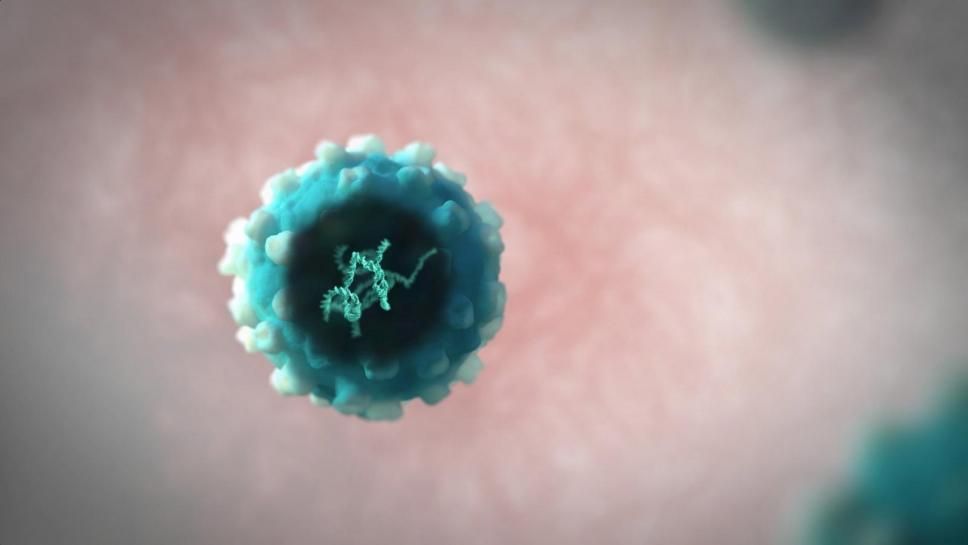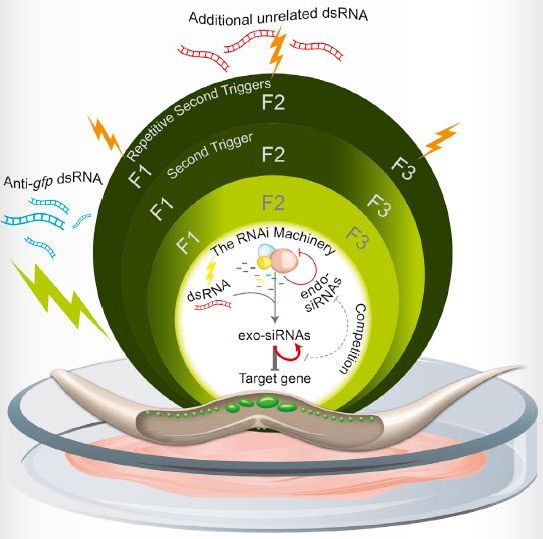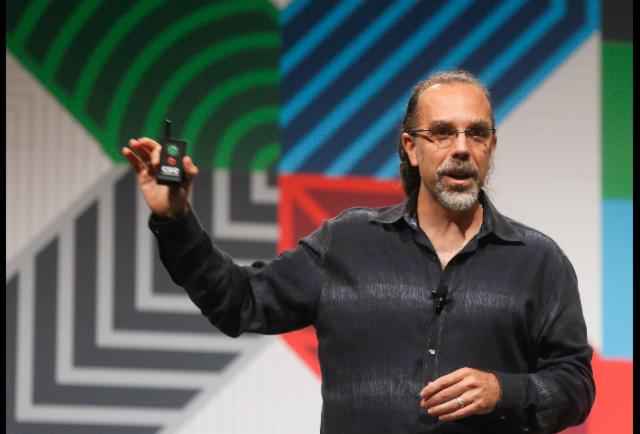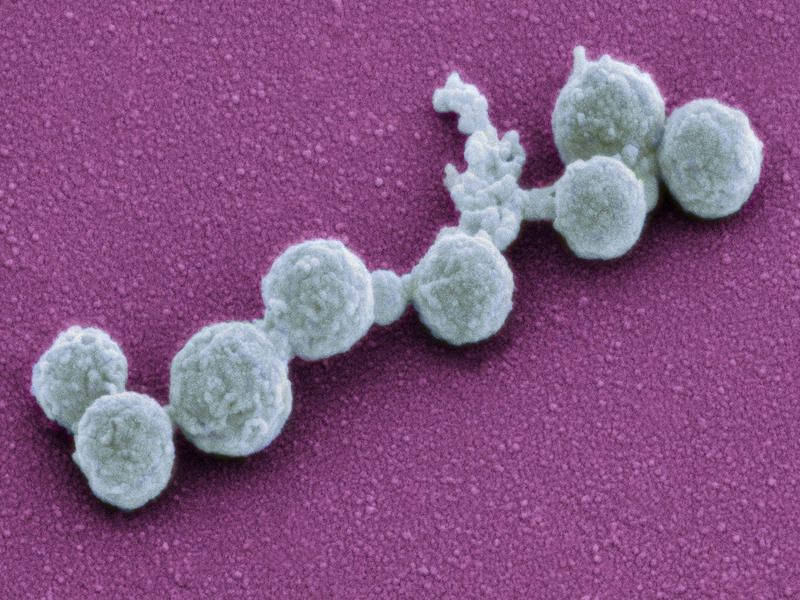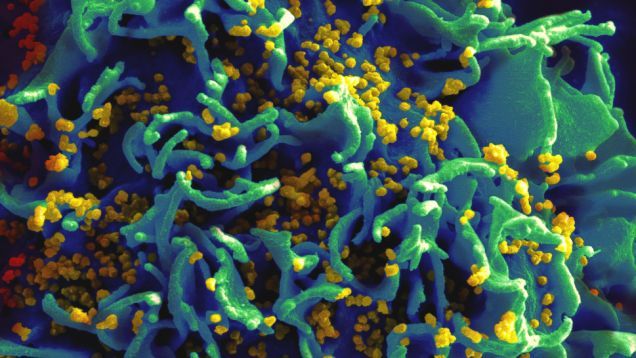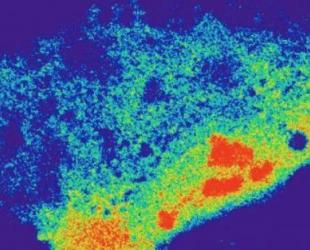LONDON The world’s first life-saving gene therapy for children, developed by Italian scientists and GlaxoSmithKline, has been recommended for approval in Europe, boosting the pioneering technology to fix faulty genes.
The European Medicines Agency (EMA) said on Friday it had endorsed the therapy, called Strimvelis, for a tiny number of children with ADA Severe Combined Immune Deficiency (ADA-SCID) for whom no matching bone marrow donor is available.
Around 15 children a year are born in Europe with the ultra-rare genetic disorder, which leaves them unable to make a type of white blood cell. They rarely survive beyond two years unless their immune function is restored with a suitable bone marrow transplant.
